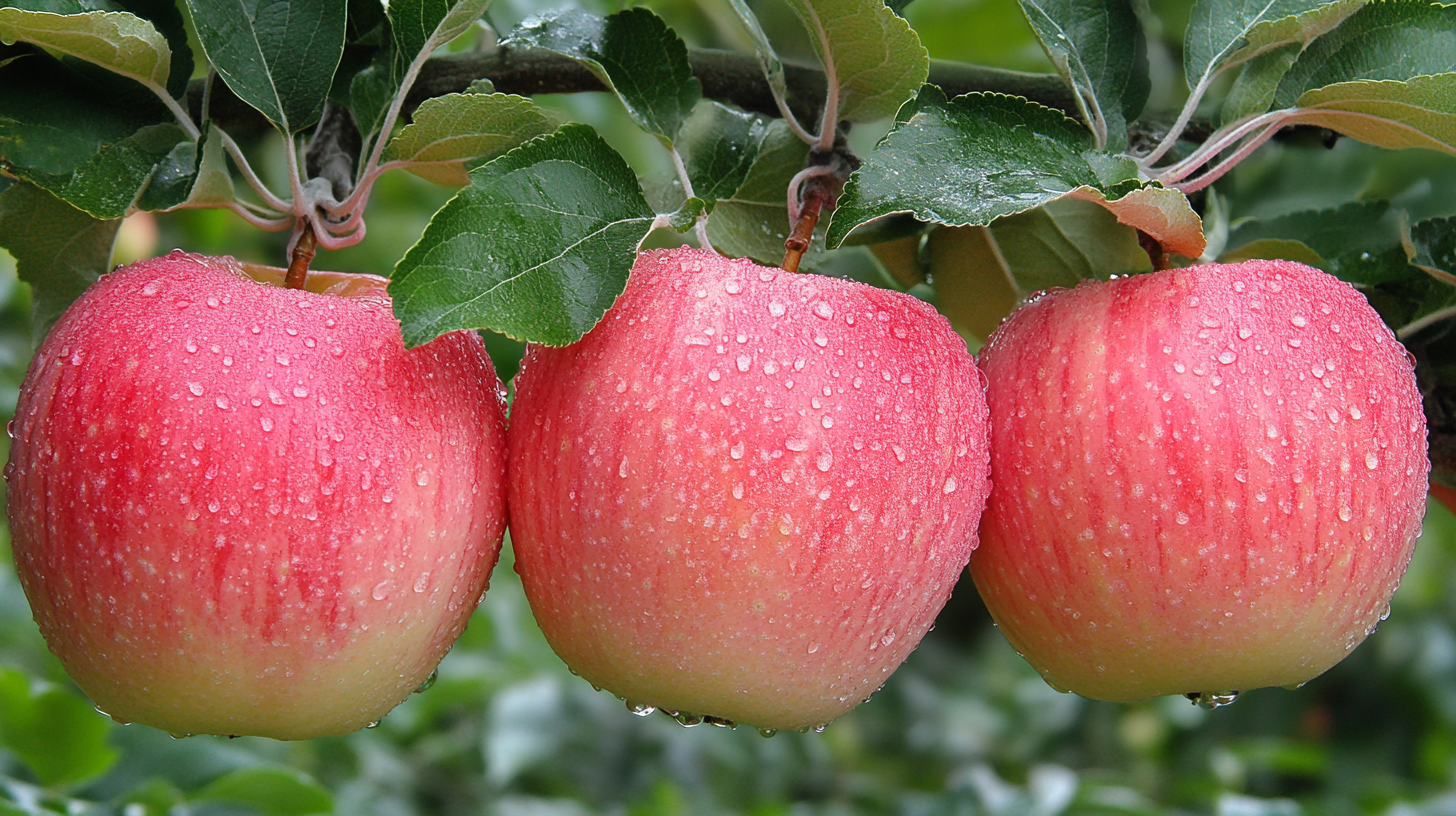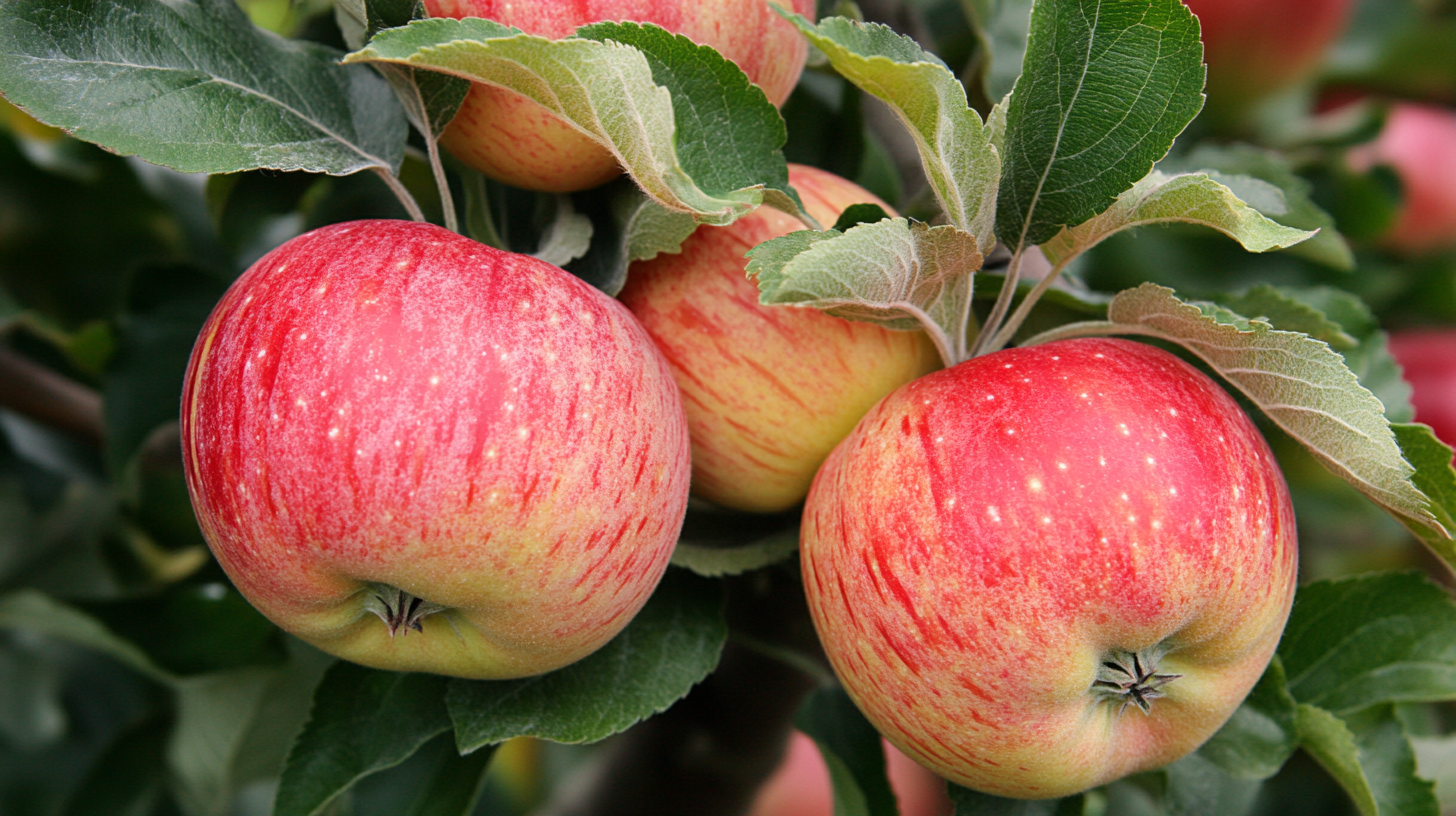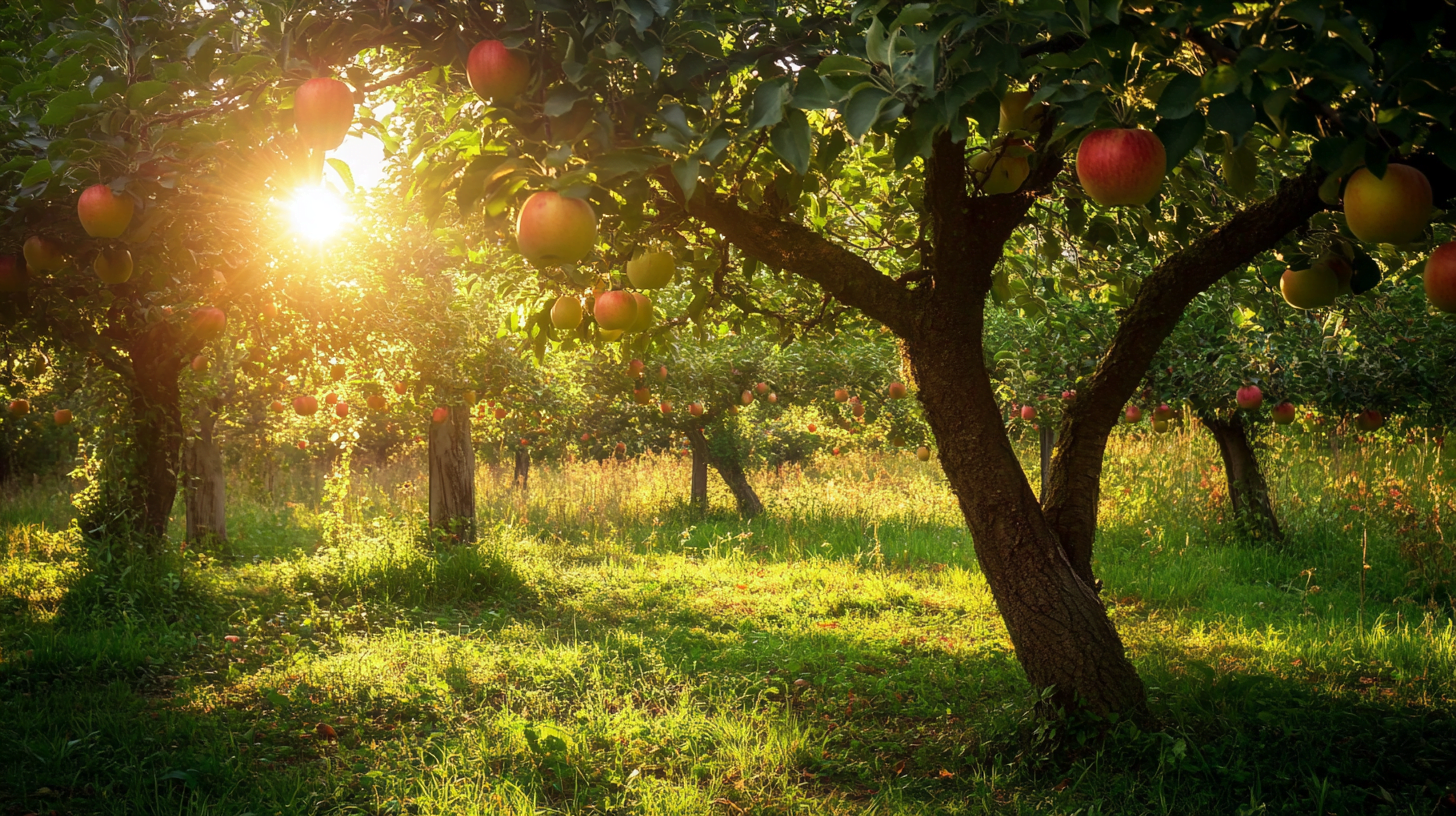Beautiful Plants For Your Interior
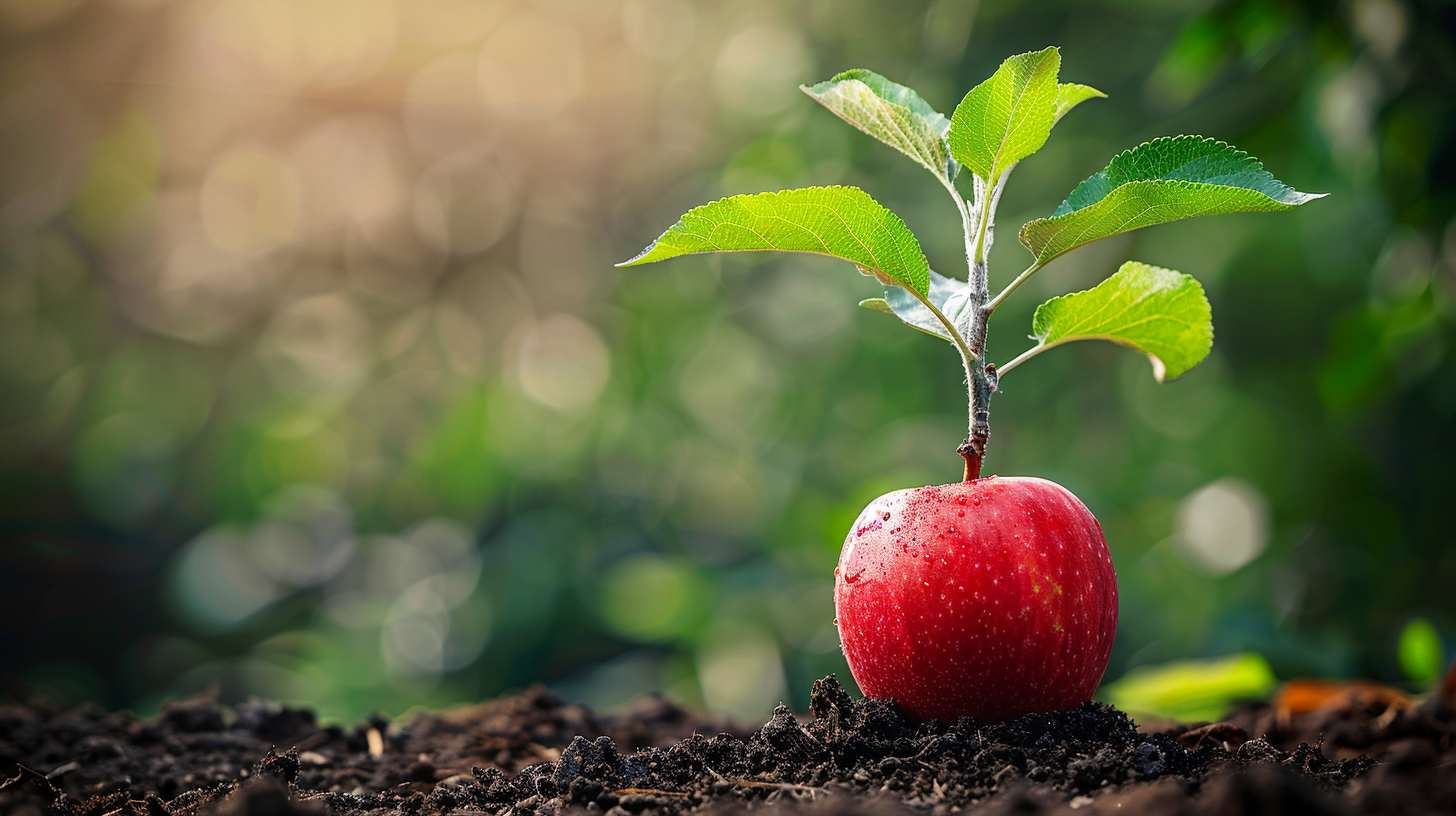
Table of Contents
Growing apple trees is a rewarding experience for any gardener, but many wonder if it’s possible to propagate these beloved fruit trees from cuttings. While it’s not the most common method, growing apple trees from cuttings can be done with patience and the right techniques. In this comprehensive guide, we’ll explore the ins and outs of propagating apple trees from cuttings, as well as alternative methods and best practices for success.
Understanding Apple Tree Propagation
Before diving into the specifics of growing apple trees from cuttings, it’s essential to understand the various methods of apple tree propagation.
Common Methods of Apple Tree Propagation
- Grafting: The most common and reliable method used by commercial growers.
- Budding: A type of grafting that uses a single bud instead of a branch.
- Seed propagation: Growing trees from apple seeds, which is possible but often unpredictable.
- Cuttings: Less common but possible with the right techniques.
Why Cuttings Are Less Common for Apple Trees
Apple trees are typically more challenging to root from cuttings compared to other fruit trees. This is due to several factors:
- Apple trees have a complex root system that’s difficult to replicate from cuttings.
- The success rate for rooting apple cuttings is generally lower than other propagation methods.
- Cuttings may not produce trees that are true to the parent variety, especially if the parent tree is grafted.
Can You Grow an Apple Tree from a Cutting?
The short answer is yes, but it’s challenging. Growing apple trees from cuttings is possible, but it requires more effort and has a lower success rate compared to other propagation methods. However, for gardeners who enjoy a challenge or want to experiment, it can be a rewarding process.
Success Rates Compared to Other Propagation Methods
| Propagation Method | Success Rate |
|---|---|
| Grafting | 80-95% |
| Budding | 75-90% |
| Seed Propagation | 30-50% |
| Cuttings | 20-30% |
As you can see, while growing apple trees from cuttings is possible, it has a significantly lower success rate compared to other methods. This is why commercial growers and many home gardeners prefer grafting or budding.
The Science Behind Growing Apple Trees from Cuttings
To understand why growing apple trees from cuttings is challenging, it’s helpful to know the science behind the process.
How Cuttings Work
When you take a cutting from a plant, you’re essentially asking that small piece of stem to develop its own root system. This process, known as adventitious root formation, requires the plant to redirect its growth hormones and resources to develop new roots instead of leaves or branches.
Challenges Specific to Apple Tree Cuttings
Apple trees have several characteristics that make them more difficult to root from cuttings:
- Woody structure: Apple trees have a hard, woody structure that’s more resistant to developing new roots.
- Complex root system: Apple trees naturally develop a complex root system that’s challenging to replicate from a cutting.
- Hormone balance: The balance of growth hormones in apple tree cuttings isn’t always conducive to root development.
Step-by-Step Guide: How to Grow Apple Tree from Cutting
Despite the challenges, if you’re determined to try growing an apple tree from a cutting, here’s a step-by-step guide to give you the best chance of success:
- Select the right cutting: Choose a healthy, disease-free branch from the current year’s growth, ideally in late winter or early spring.
- Prepare the cutting:
- Cut a 6-8 inch section of the branch at a 45-degree angle.
- Remove all leaves except for the top 2-3.
- Dip the cut end in rooting hormone powder.
- Rooting process:
- Plant the cutting in a well-draining potting mix.
- Keep the soil consistently moist but not waterlogged.
- Maintain high humidity around the cutting by covering it with a clear plastic bag.
- Place the pot in a warm, bright location out of direct sunlight.
- Transplanting and care:
- After 6-8 weeks, gently tug on the cutting. If you feel resistance, roots have likely formed.
- Gradually acclimate the rooted cutting to normal conditions over 1-2 weeks.
- Transplant to a larger pot or into the ground once the root system is well-established.
Best Practices for Success
To increase your chances of successfully growing an apple tree from a cutting, consider these best practices:
- Timing is crucial: Take cuttings in late winter or early spring for the best results.
- Maintain consistent conditions: Keep temperature and humidity levels stable throughout the rooting process.
- Be patient: Root development can take several weeks to months.
- Use clean tools: Sterilize your pruning shears to prevent the spread of disease.
- Experiment with multiple cuttings: Given the lower success rate, it’s wise to start with several cuttings.
Alternatives to Growing Apple Trees from Cuttings
If you’re looking for more reliable methods to propagate apple trees, consider these alternatives:
- Grafting: This technique involves joining a desired apple variety (scion) onto a compatible rootstock. It’s the most common method used in commercial apple production.
- Budding: A type of grafting where a single bud is inserted into the rootstock. This method is often used for young rootstocks.
- Air layering: While less common for apples, this method involves encouraging root growth on a branch while it’s still attached to the parent tree.
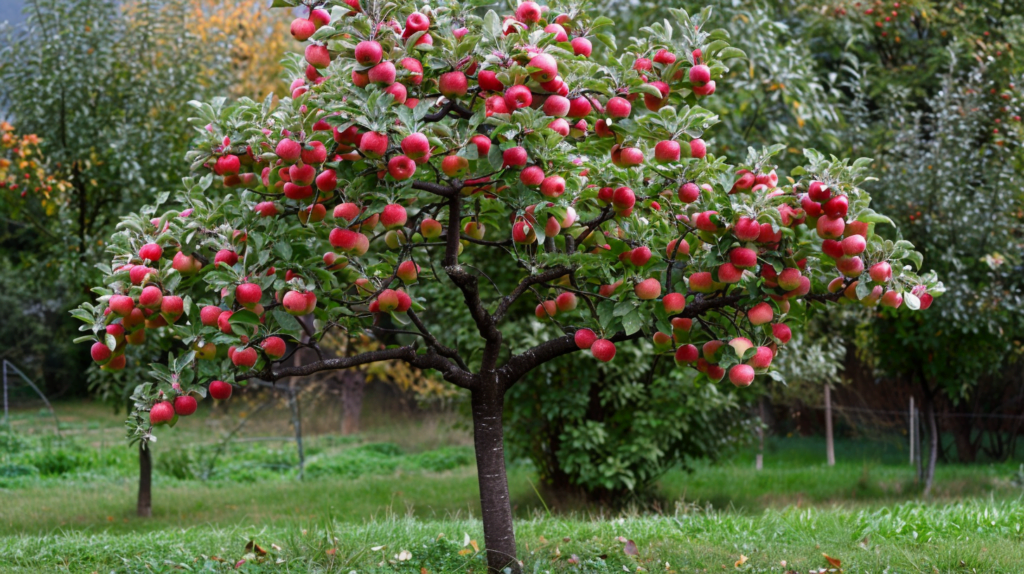
Case Study: The Johnny Appleseed Approach
While not directly related to growing apple trees from cuttings, the story of Johnny Appleseed (John Chapman) provides an interesting perspective on apple propagation. Chapman traveled across the American frontier in the early 19th century, planting apple seeds and establishing orchards.
“He planted them in curved rows to make sure they weren’t mistaken for someone else’s farm.” – The Botany of Desire by Michael Pollan
While Chapman’s method of growing apples from seeds resulted in unpredictable varieties, it contributed significantly to the genetic diversity of apples in North America. This diversity has been crucial for developing new apple varieties and maintaining the resilience of apple crops.
Conclusion
Growing an apple tree from a cutting is possible, but it’s a challenging process with a lower success rate compared to other propagation methods. If you’re up for the challenge and enjoy experimenting, it can be a rewarding experience. However, for more reliable results, consider alternatives like grafting or budding.
Remember, whether you’re growing from a cutting or using another method, patience is key. Apple trees take several years to mature and produce fruit, but the reward of harvesting your own homegrown apples is well worth the wait.
